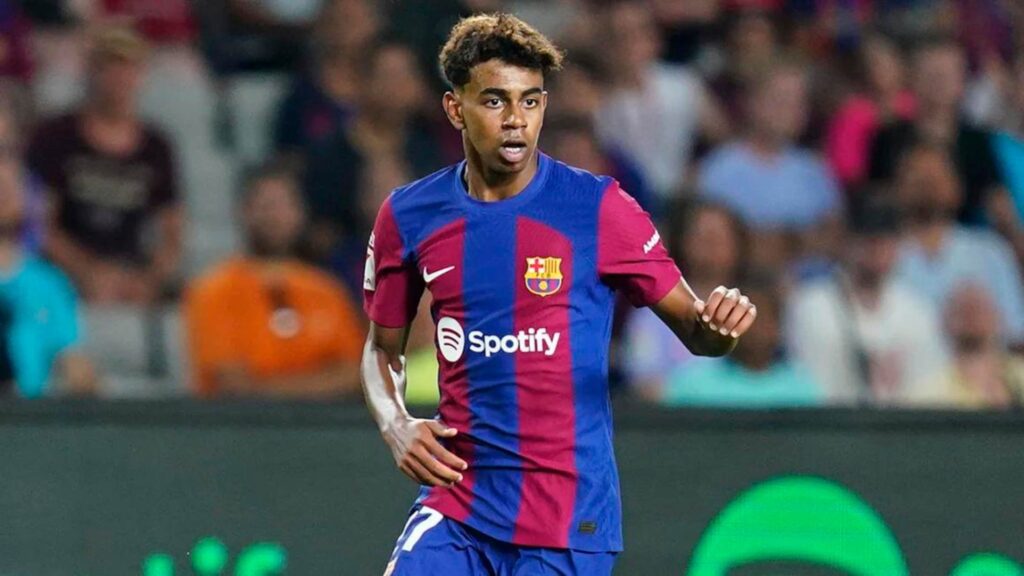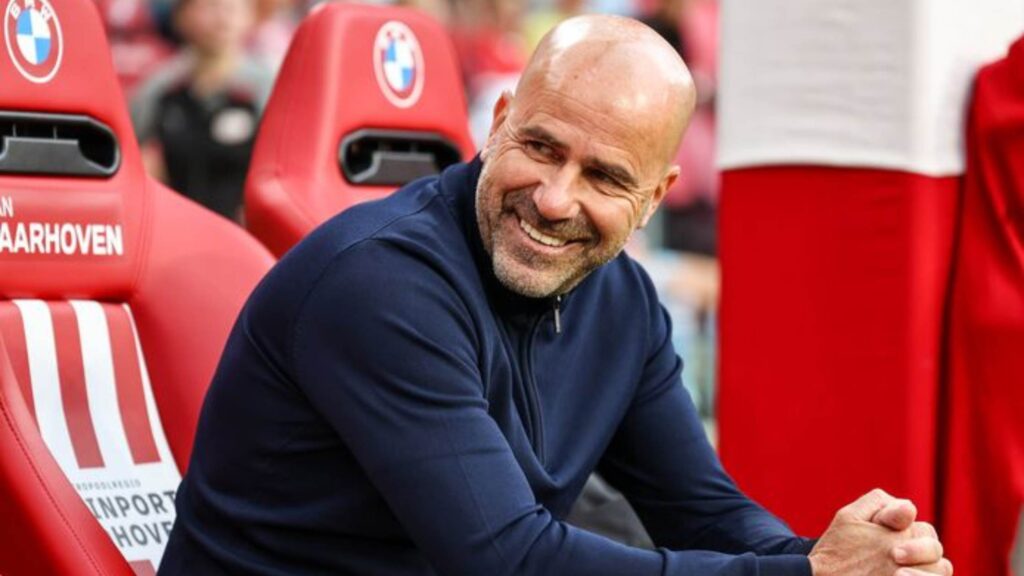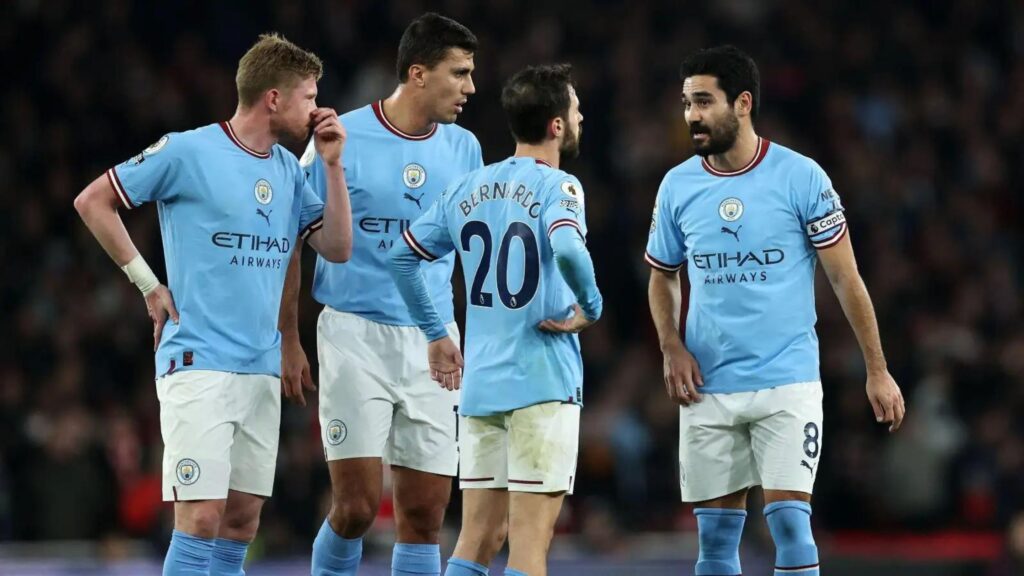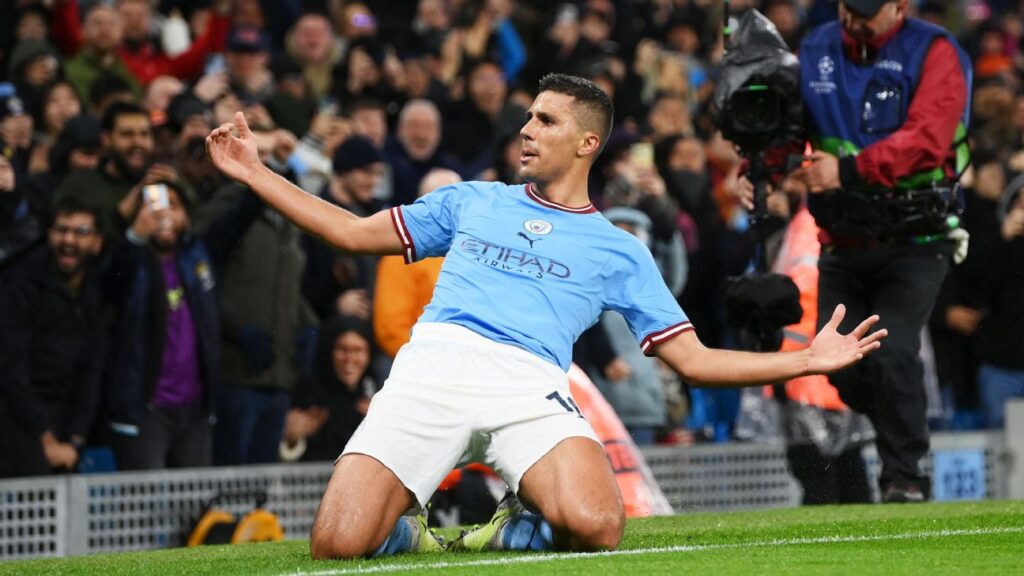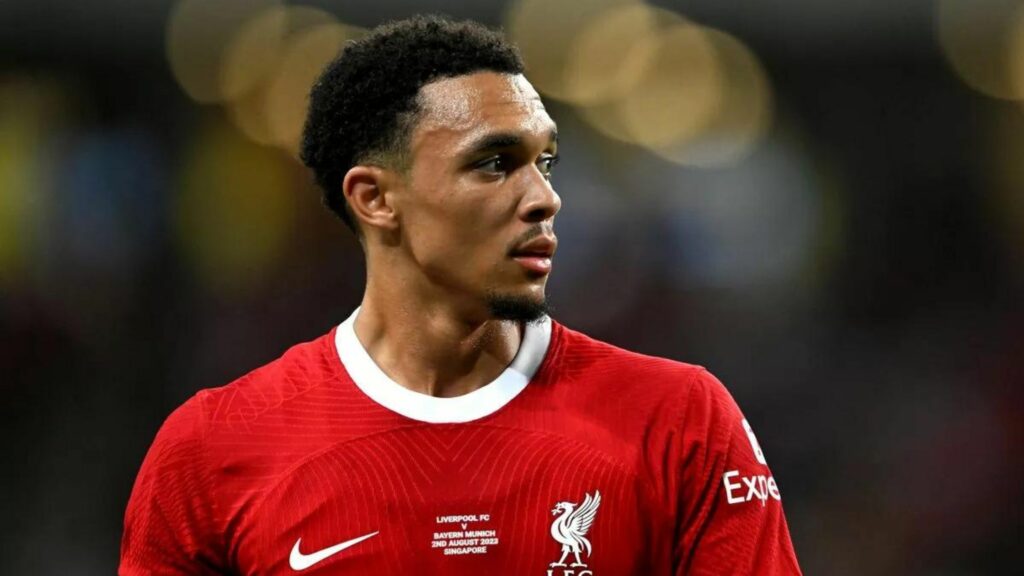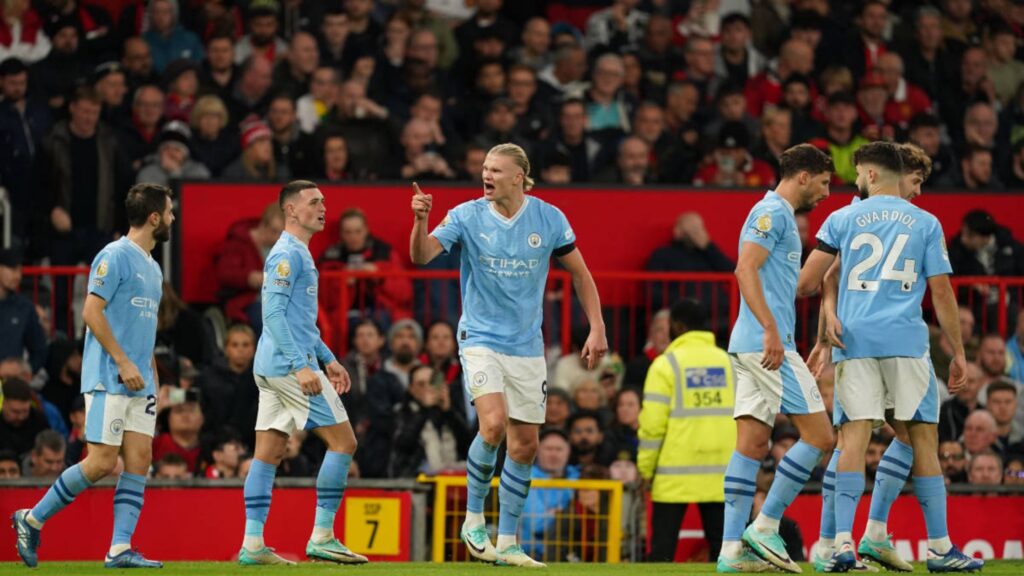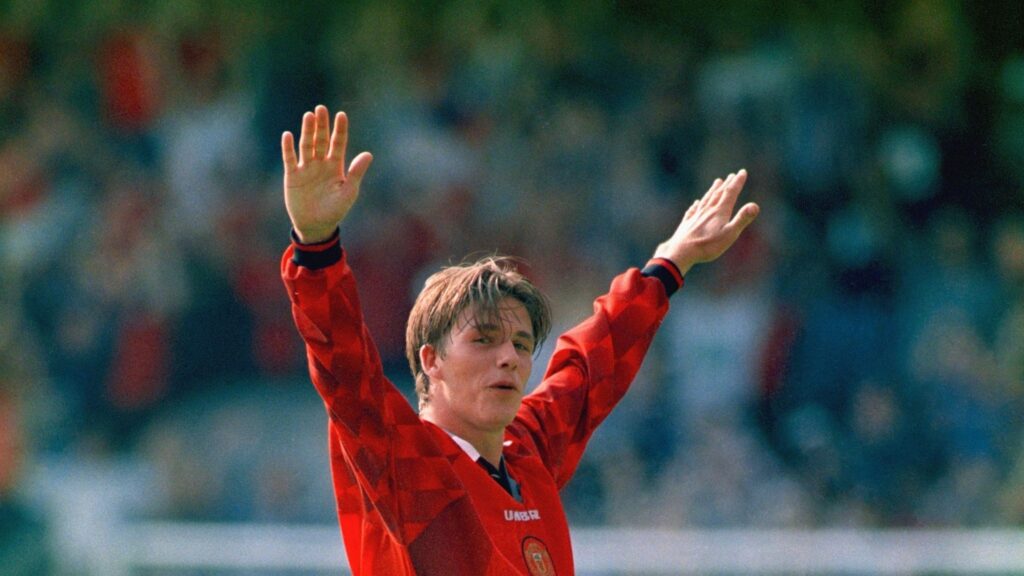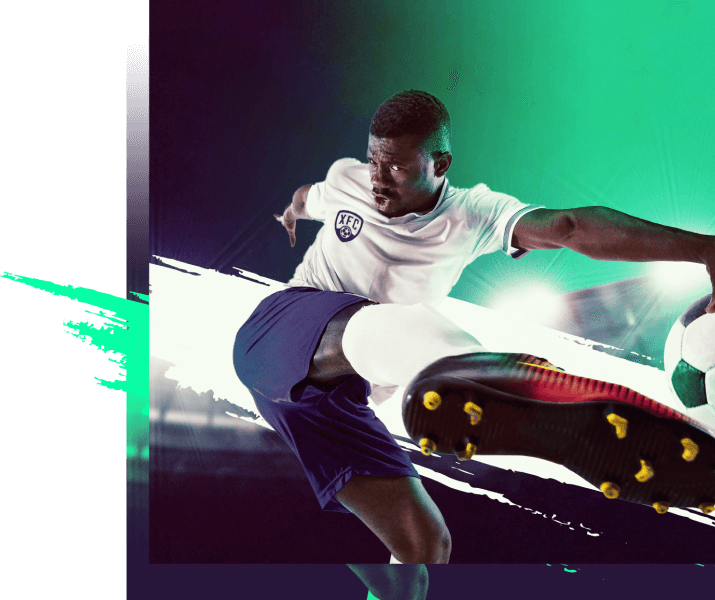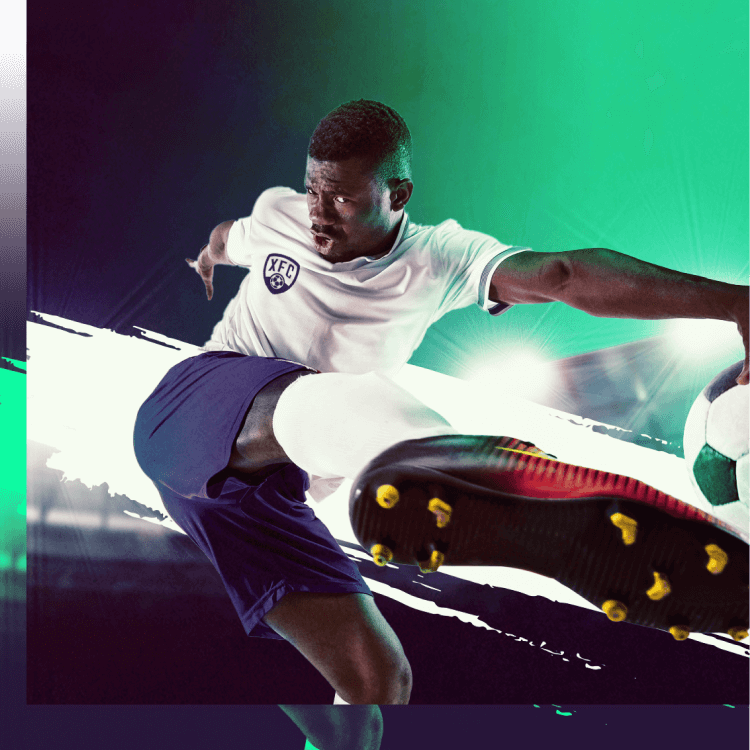Ruud van Nistelrooy is merely a stop-gap on Manchester United’s desperate attempt to find a lasting successor to Sir Alex Ferguson. While van Nistelrooy will have merely one month in charge of the Manchester club, and while he is a young coach, he promises great things.
This is why today I am looking at the tactics of the Dutchman in his short but, so far, eventful career as a football manager.
Career Prior to Management
Ruud van Nistelrooy was one of the greatest strikers in modern football. In many ways, the Dutch forward was one of a nearly extinct breed of players. He was one of the last great poachers, a player who used intelligence and physical skills to score 249 goals in professional football.
Ruud van Nistelrooy also represented some of the best clubs in the game. His career is defined by his years spent at Manchester United and, then, at Real Madrid.
He retired in 2012, and after working as a coach within the youth systems at PSV and the Netherlands’ national team, he announced his intention to become a team’s boss.
In 2022, Van Nistelrooy replaced Roger Schmidt at PSV Eindhoven, one of the biggest clubs in the Netherlands. Even though he won the Dutch Cup, he quit before the season’s final game after disagreements with the board.
At the start of their 2024/25 season, he was brought in as Erik Ten Hag‘s assistant at Manchester United. Many viewed this as an attempt by the United Board to prepare for Ten Hag’s dismissal. This turned out to be true, and van Nistelrooy ended up coaching the team in the interim before the arrival of Ruben Amorim from Sporting Lisbon.
Just how much do we know of Ruud van Nistelrooy’s tactics and management style?
Football Philosophy
Ruud van Nistelrooy was a player who got results. He helped his teams win trophies and won individual honours. It looks like he has managed to retain that standard and ambition for his managerial career.
When he took over as manager of PSV, he inherited a squad with plenty of problems, not least of all tactical and confidence-related. By the time he had left, PSV once again looked like a team that could battle against arch-rivals Ajax Amsterdam and Feyernoord.
As a manager, van Nistelrooy has relied on the respect he commands from football players and on his personality to set high standards and instil a sense of discipline and relentlessness within the squad.
At PSV, he has favoured a possession-based approach. He also encourages players to use individual skill in the final third. His teams defend compactly and try to stretch the opposition when they attack.
Ruud van Nistelrooy sets up his team to, ideally, create overloads in wide areas. The teams depend heavily on the speed and skill of wide players. It’s why Marcus Rashford and Alejandro Garnacho were so involved in United’s attacking phase in the match against Chelsea.
Meanwhile, it is not uncommon for the team’s defensive players to make overlapping or underlapping runs when attacking to destabilize the opposition.
Formations and Adaptability
At PSV, Ruud van Nistelrooij primarily used a 4-3-3 formation of wide wingers. He has also favoured a 4-4-2 approach, especially when defending against stronger opposition.
However, in his first games at Manchester United, he kept the 4-2-3-1 shape. This was likely done to avoid making too radical changes in the wake of Ten Hag’s departure. In fact, even the starting line-up was largely the one used by his predecessor.
Defensive Principles
In a recent interview with Coaches Voice, the former Dutch striker outlined the tactical principles he used in PSV’s victory over Ajax in the Dutch Cup final.
One detail that van Nistelrooy emphasized was the importance of defenders being comfortable with the ball at their feet and with moving into central spaces.
Ball control is important, but so is physicality. Van Nistelrooy prefers central defenders who can use their strength to overpower attackers.
PSV would start with a back four, but often, one of the full-backs would move centrally to create essentially a three-man defense. That means van Nistelrooy is not averse to using central defenders as wide players. This approach also means that the other full-back can move into a more attacking role when helping the team build-up.
We have seen something similar at United as well. Typically, Diego Dalot will help form a defending trio with the central defenders, allowing Noussair Mazraoui to make runs on the left flank and make use of his attacking instinctics.
The holding midfielders also have an important role. Typically, one of them is a ball-winning midfielder who dives into tackles and makes interceptions. Meanwhile, the other player acts as a box-to-box midfielder, needing great stamina and excellent vision.
Attacking Structure
Ruud van Nistelrooy was one of the strikers of his generation. He scored many of his goals by deceiving opponents by winning tactical duels. He uses a similar approach as the manager of his teams.
At PSV and Manchester United, van Nistelrooy opted to use one striker acting, mostly as a poacher, not unlike himself during his playing days.
The attacking approach includes two wingers. One of them, usually the more technical one, is also more mobile in the build-up phase. He will make inverted runs and look for pockets of space in between the lines. Meanwhile, as mentioned earlier, the wing-back will make overlapping runs, essentially covering the wide attacking areas and helping to create overloads.
The playmaker acts as a classic number 10. He doesn’t merely play behind the striker looking for the killer pass but will often move alongside him, offering an additional passing option in the final third. This is great news for Bruno Fernandes, United’s captain and playmaker.
When it comes to the striker, naturally, Ruud van Nistelrooy places great emphasis on the player’s work without the ball. At PSV, Luuk de Jng had a strong season, being instructed to press high in the opponent’s build-up and look to make runs behind the defenders his team attacked.
Also, van Nistelrooy is looking for a strong attacker who can win aerial duels, get the timing right when the ball is crossed to him, and who can drop deeper down to offer a third-man solution when trying to build up against an opponent who is pressing aggressively.
What’s Next for Ruud van Nistelrooy?
Ruud van Nistelrooy’s resume as a football manager is short, but it is already impressive. The results and the Dutchman’s image as a no-nonsense hardman are winning many over.
He will get the chance to manage Manchester United for nearly a month before he hands the reins to Ruben Amorim. It is unclear whether he will remain on the Portuguese manager’s staff after that.
However, the club’s board would likely prefer it that way. If hiring him as Ten Hag’s understudy shows anything, the board may be interested in potentially handing more responsibility to Ruud van Nistelrooy further down the road.
Still, there’s no telling how long this will take. And with the likes of Vincent Kompany or Simone Inzaghi, former high-profile players from a similar generation, enjoying good results, it’s likely that a club will offer Ruud van Nistelrooy the option to manage their club soon.








